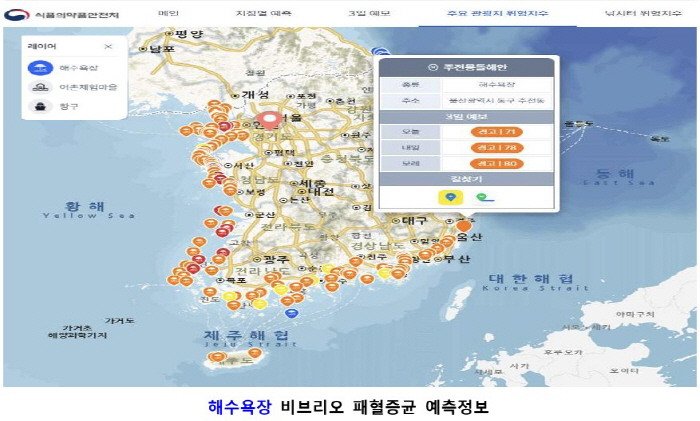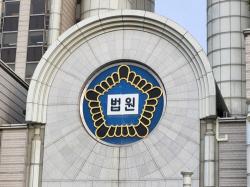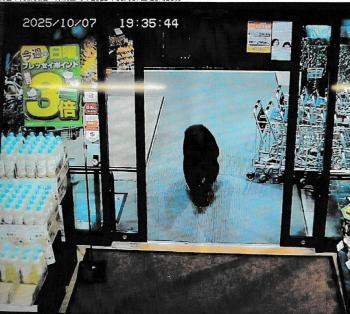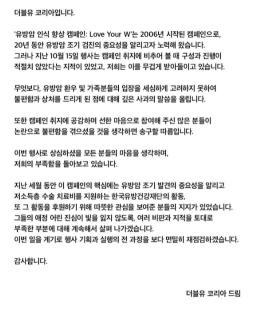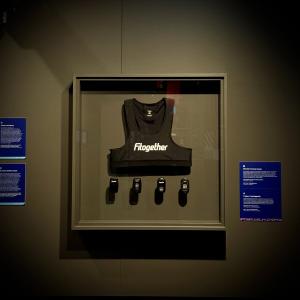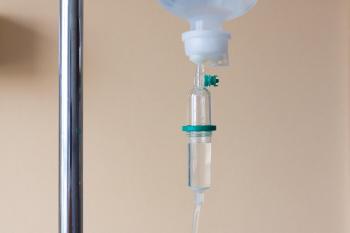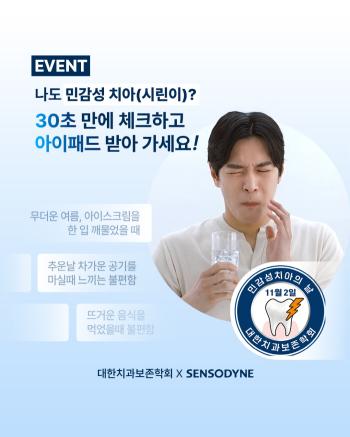In September, the heat wave and sea water temperature rise...Be careful about Vibrio's food poisoning
Sep 05, 2025
In September, the Ministry of Food and Drug Safety urged the Ministry of Food and Drug Safety to actively practice food poisoning rules due to Vibrio parahaemolyticus and Vibrio vulnificus as heat waves continue to exceed 35℃ in various parts of the country and seawater temperatures rise.
According to the Ministry of Food and Drug Safety, the number of enteritis vibrio food poisoning cases in the past five years (2020-2024) has decreased by about 83% (52 cases → 9 cases) compared to the previous five years, but it is steadily occurring from July to September when the water temperature rises. Looking at the number of enteritis vibrio food poisoning cases over the past five years, there are 2 cases in July, 4 cases in August, and 3 cases in September.
In particular, Vibrio parahaemolyticus begins to multiply when the seawater temperature exceeds 15℃ and grows very rapidly at 20~37℃, and symptoms such as vomiting, abdominal pain, and diarrhea may appear when raw fish and shellfish contaminated with the bacteria are consumed.
Vibrio sepsis actively proliferates from May to October when the water temperature rises, and can be infected by reproducing contaminated fish and shellfish or by contacting contaminated seawater with injured skin. In particular, if a person with an underlying disease such as chronic liver disease is infected, septic shock can lead to death (50% mortality), so care should be taken.
To prevent Vibrio food poisoning, the Ministry of Food and Drug Safety is quickly inspecting whether the aquarium water of restaurants handling live fish and other aquatic products is contaminated with Vibrio bacteria. In addition, the Vibrio sepsis prediction system provides the Vibrio sepsis prediction and countermeasures for each stage of the prediction, and starting this year, the Vibrio sepsis prediction information on major fishing spots, sea lugging points, and beaches that the public likes to visit is released in real time.
The Ministry of Food and Drug Safety said "When travelers visit beaches, it is recommended to check the Vibrio prediction system in advance to prevent damage caused by Vibrio bacteria."
According to the Ministry of Food and Drug Safety, the number of enteritis vibrio food poisoning cases in the past five years (2020-2024) has decreased by about 83% (52 cases → 9 cases) compared to the previous five years, but it is steadily occurring from July to September when the water temperature rises. Looking at the number of enteritis vibrio food poisoning cases over the past five years, there are 2 cases in July, 4 cases in August, and 3 cases in September.
In particular, Vibrio parahaemolyticus begins to multiply when the seawater temperature exceeds 15℃ and grows very rapidly at 20~37℃, and symptoms such as vomiting, abdominal pain, and diarrhea may appear when raw fish and shellfish contaminated with the bacteria are consumed.
Vibrio sepsis actively proliferates from May to October when the water temperature rises, and can be infected by reproducing contaminated fish and shellfish or by contacting contaminated seawater with injured skin. In particular, if a person with an underlying disease such as chronic liver disease is infected, septic shock can lead to death (50% mortality), so care should be taken.
|
The Ministry of Food and Drug Safety said "When travelers visit beaches, it is recommended to check the Vibrio prediction system in advance to prevent damage caused by Vibrio bacteria."
This article was translated by Naver AI translator.
